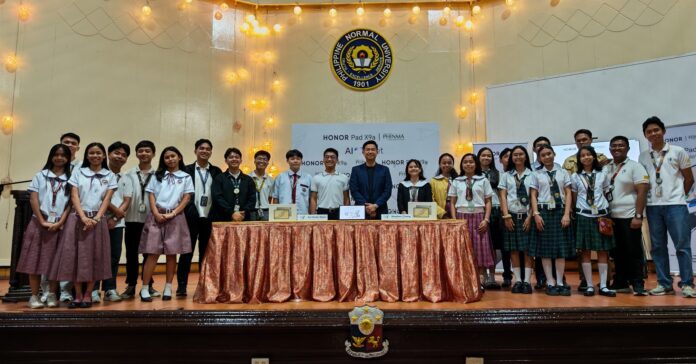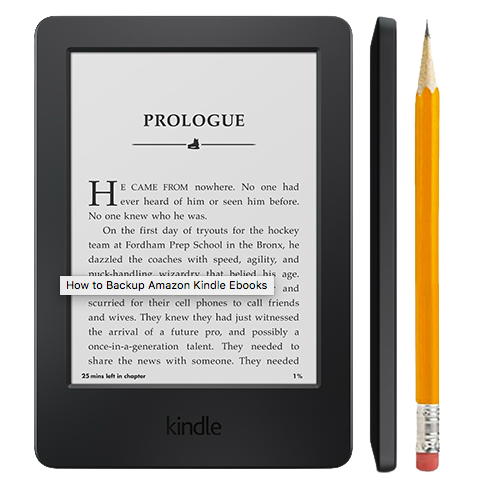A TRADITIONAL Philippine classroom, once characterized by rows of wooden desks and blackboards, has remarkably adapted to the modern learner. For generations, education revolved around textbooks, lectures, and rote memorization.
While these methods laid a foundation, the modern world demands a different approach that fosters critical thinking, creativity, and collaboration. Today, Filipino classrooms are embracing a digital revolution, integrating various technology tools that are changing how students learn and how effectively they learn.
This shift isn’t merely about putting gadgets in the hands of students; it’s about strategically using these tools to create dynamic, engaging, and personalized learning experiences. The journey has been gradual, but the pace has accelerated, especially with recent global events highlighting the critical need for flexible and technology-driven education.
One of the most significant impacts of technology in the classroom is its ability to bridge geographical gaps and increase access to information. In a country like the Philippines, with its many islands and diverse communities, getting quality educational resources to every student has always been challenging. The internet has shattered these barriers, putting a vast ocean of knowledge at the fingertips of both teachers and students. Digital libraries, educational websites, and online databases provide a wealth of information that exceeds the confines of a single textbook. This accessibility is especially vital for students in remote areas, allowing them to participate in virtual classes and access materials that might otherwise be unavailable.
Moreover, the shift to using technological tools in the classroom has fostered a sense of sustainability among learners due to the ability to lessen their carbon footprint and environmental waste.

Beyond just information access, technology tools are making learning more interactive and engaging. Gone are the days when students were passive receivers of knowledge. Today, classrooms are alive with activity, thanks to innovative digital platforms. For instance, many schools use interactive learning software with educational applications, simulations, and games. These tools transform complex concepts into exciting challenges, holding students’ attention and making learning feel less like a chore and more like an adventure. It allows students to learn about the human body through an animated simulation or explore historical events through an interactive timeline, among many other experiences, to boost their learning journey.
Another key player in the modern Filipino classroom is the learning management system (LMS). These online platforms act as a central hub for all educational activities. Teachers can easily distribute assignments, share course materials, and track student progress in a streamlined and organized manner. Students, in turn, can access lectures, submit homework, and participate in discussions from anywhere, at any time. This flexibility is a game-changer, especially for blended learning approaches that combine traditional face-to-face instruction with online modules. An LMS fosters better communication between teachers and students, encourages independent learning, and provides valuable data insights into student performance, allowing educators to tailor their teaching strategies more effectively.
Video tools have also become indispensable in today’s classrooms. Beyond simple video calls for online learning, these tools offer features like screen sharing and interactive whiteboards, making virtual collaboration and real-time feedback possible. Teachers can record lectures for students to review at their own pace, create engaging video presentations, or even conduct virtual field trips to places far and wide. It means a more visual and auditory learning experience for students, catering to different learning styles and making abstract ideas more tangible.
In the meantime, digital quizzing and assessment tools are transforming the process of assessing student understanding and providing immediate feedback. Instead of lengthy, paper-based exams, teachers can create interactive quizzes and polls that provide instant results. This saves time for grading and allows teachers to quickly identify areas where students might be struggling and offer timely support. These tools often incorporate gamified elements, making assessments less daunting and more enjoyable for students.
Furthermore, content creation platforms empower teachers and students to become creators, not just consumers, of information. From designing visually appealing presentations to creating educational videos or even digital storybooks, these platforms unlock a world of creative possibilities. This encourages students to think critically, express their understanding in diverse ways, and develop valuable digital literacy skills that are essential in today’s world. Many students and educators have taken to various content creation platforms to share their experiences and explore new ways to connect with peers or share relevant information.
What truly makes these technology tools effective in the classroom isn’t just their features, but how they contribute to a more personalized and inclusive learning environment. Every student learns differently, and technology allows greater flexibility to accommodate these diverse needs. Teachers can offer differentiated instruction, providing resources and activities that cater to individual learning paces and styles. For students with special needs, assistive technologies like screen readers or speech recognition software ensure that they have equal access to learning materials and can participate fully in classroom activities.
Moreover, technology fosters increased collaboration and communication. Through online discussion boards, shared documents, and group chat features, students can collaborate on projects, share ideas, and learn from their peers, even when not physically together. This collaborative learning strengthens their understanding of the subject and develops crucial teamwork and communication skills.
Finally, integrating technology into the classroom prepares Filipino students for the future. The world they will enter is increasingly driven by technology, and equipping them with digital literacy and computational thinking skills is no longer an option but a necessity. By familiarizing them with these tools from a young age, schools are helping to shape adaptable, innovative, and globally competitive professionals.
Of course, the journey is not without its challenges. Ensuring equitable access to technology, particularly in rural and underserved areas, remains a significant hurdle. Comprehensive training and ongoing support for teachers are also crucial to ensure that these tools are used effectively and not just as mere replacements for traditional methods.
However, the benefits far outweigh the challenges. As Filipino classrooms continue to evolve, the strategic integration of technology tools promises a brighter future for education. These classroom technology tools make learning more accessible, engaging, personalized, and collaborative to boost academic outcomes and empower a new generation of Filipino learners to adapt to an ever-evolving world. The transformation is well underway, and with continued investment and innovative thinking, the classrooms of the Philippines will undoubtedly continue to be at the forefront of educational progress.









